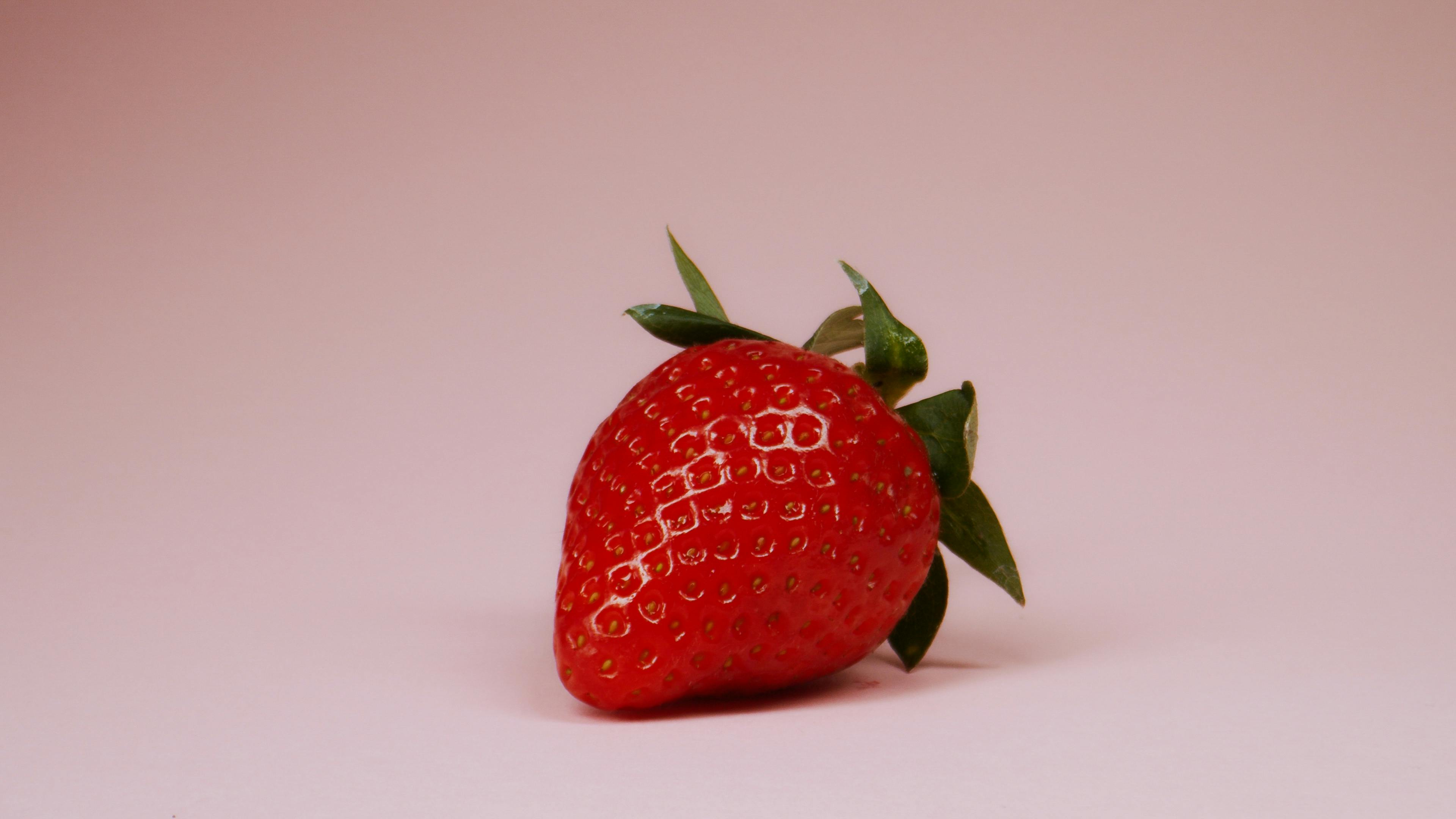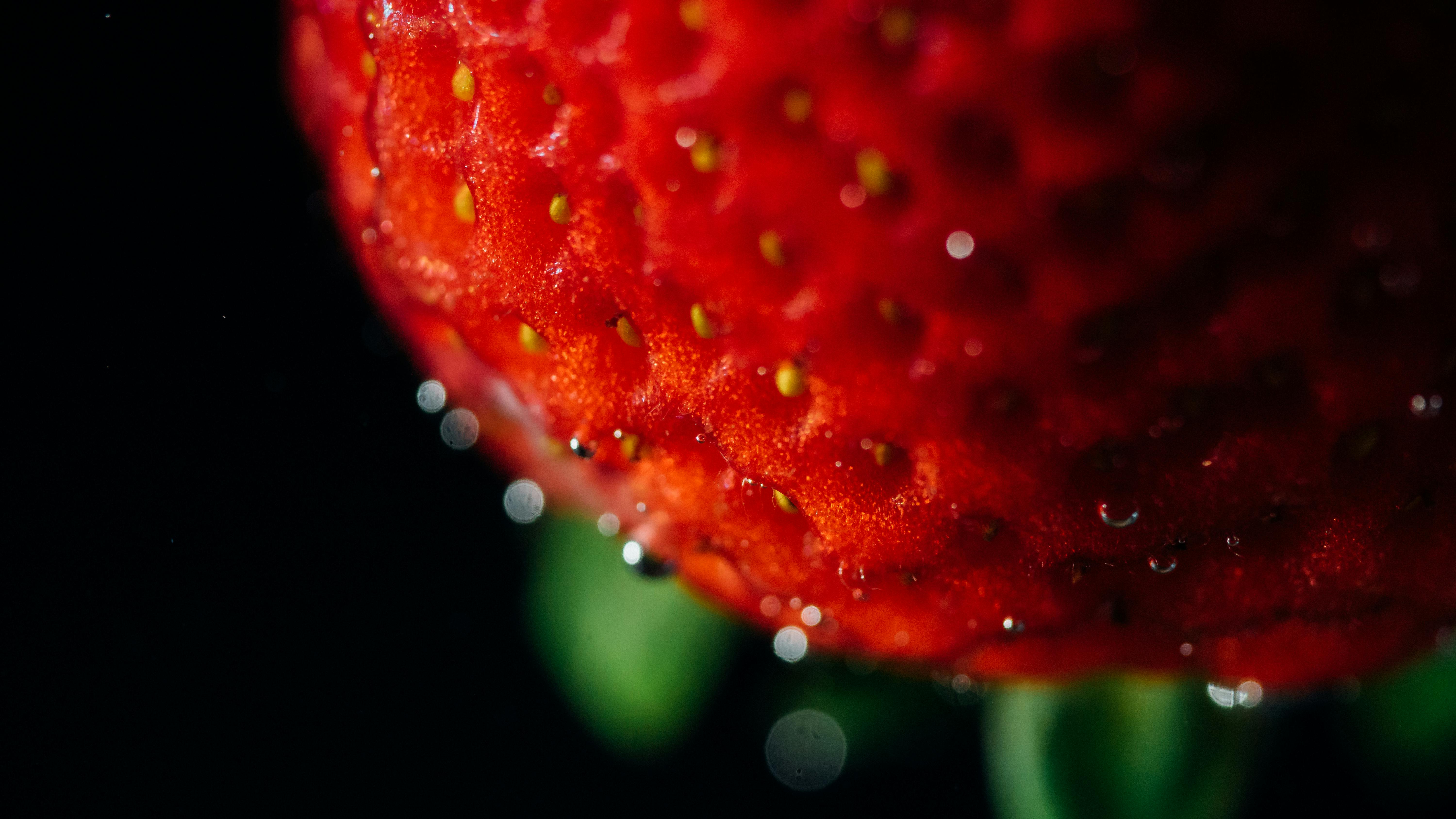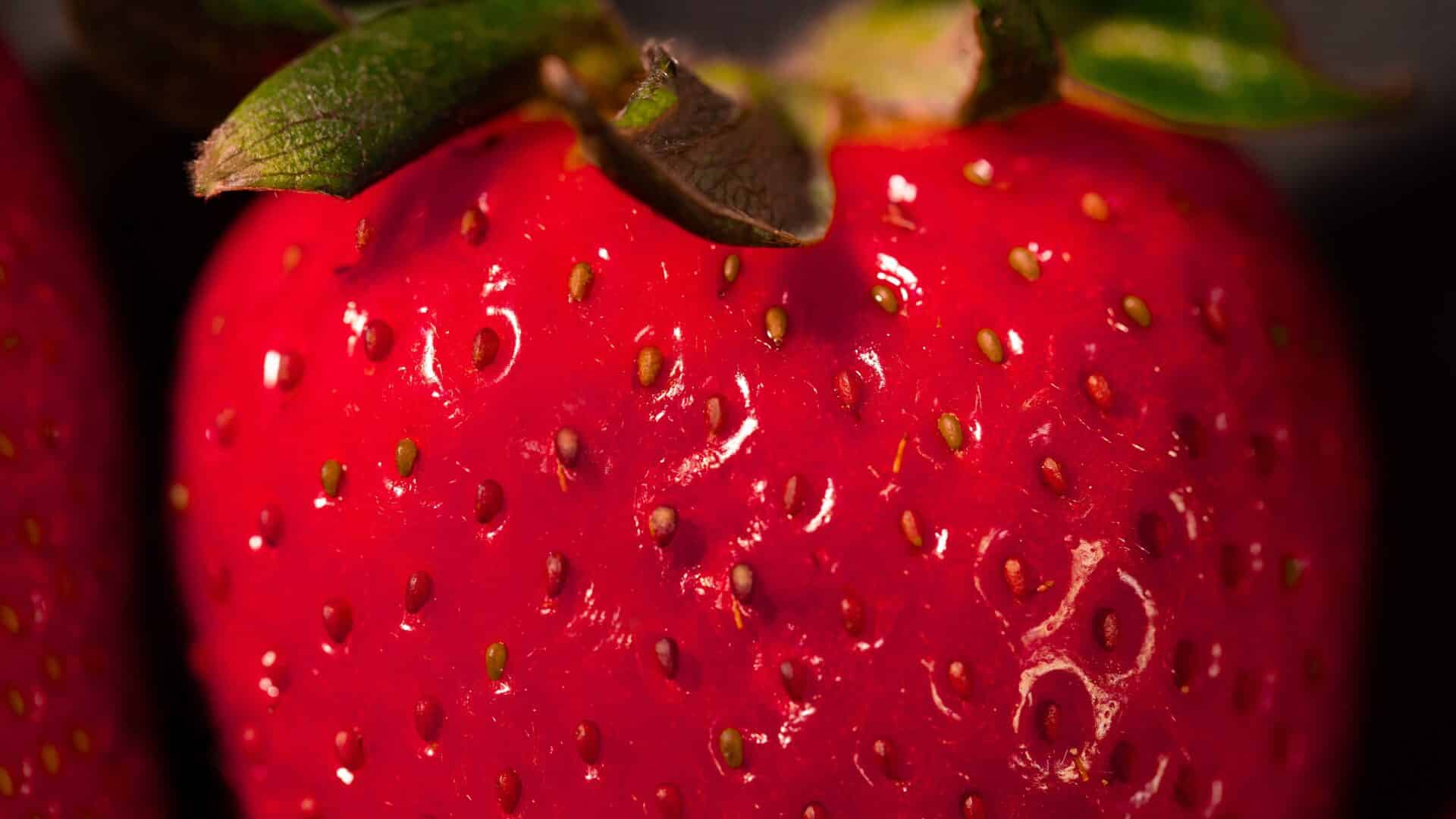Growing strawberries from seeds is a rewarding experience that will allow you to enjoy a plentiful harvest of sweet and juicy berries. However, it is important to know how long it takes for strawberry seeds to germinate so you can plan accordingly. Generally, strawberry seeds will take between 7-14 days to germinate. The amount of time needed depends on the variety of strawberry seed and the temperature and moisture of the environment in which they are placed.The amount of time it takes for strawberry seeds to germinate can vary greatly. Typically, it takes between 7 and 14 days for strawberry seeds to germinate, depending on the conditions in which the seeds are planted. Temperature, moisture and light exposure can all affect the rate of germination.
Environmental Factors That Influence Germination Time of Strawberry Seeds
The germination time of strawberry seeds is affected by a number of environmental factors. Temperature, moisture, air, and soil play a critical role in the germination process. When the right conditions are provided, the seeds will begin to sprout much sooner than when unfavorable conditions are present.
Temperature is an important factor that affects the germination time of strawberry seeds. The optimal temperature for germination is between 70 and 80 degrees Fahrenheit. If temperatures fall below this range, germination will take longer and may not even occur at all. On the other hand, if temperatures exceed this range, it can cause seed death or inhibit growth.
Moisture levels also have an effect on strawberry seed germination time. The soil should be moist but not too wet. If it’s too dry, the seeds will not be able to absorb enough water to start the germination process and if it’s too wet, it can cause root rot or prevent oxygen from reaching the seed which can prevent growth.
Air circulation is another factor that affects strawberry seed germination time. The air should be able to move freely around the soil which allows for oxygen to reach the seeds and helps to keep them from becoming moldy or rotting in overly damp conditions.
Lastly, soil type plays an important role in influencing strawberry seed germination time as well. Soil should be loose and well-drained so that water and oxygen can reach the seeds easily while also providing adequate support for root growth once they begin sprouting. A neutral pH level of 6-7 is ideal for optimum growth and development of raspberry plants from strawberry seeds as well.
By providing a favorable combination of temperature, moisture levels, air circulation and soil type during their germination period, you can help ensure a faster germination time for your strawberry seedlings so they can begin their journey towards becoming healthy plants!
Different Types of Strawberry Seeds
Strawberry seeds come in a variety of types, each with its own unique characteristics. The most common type of strawberry seed is the June-bearing type, which produces the largest berries and the highest yields. These seeds are typically planted in early spring and harvested from June to August. Day-neutral types produce smaller berries with a lower yield, but they can be harvested all season long. They require less maintenance and can be grown in either spring or fall. Ever-bearing types produce a steady crop throughout the season but do not produce large berries or high yields.
Alpine strawberries are small but sweet berries that are produced from a different type of strawberry seed than the other varieties. These seeds produce plants that are more compact and require less maintenance than traditional varieties, making them ideal for container gardening. The fruit from alpine strawberries is small but very flavorful and often used in jams or preserves.
Finally, wild strawberry seeds produce low-growing plants that are difficult to cultivate and have low yields. They have an intense flavor that makes them ideal for use in desserts and other culinary creations. Wild strawberry seeds should be planted in late winter or early spring for best results.
Preparing the Soil for Planting Strawberry Seeds
The first step in planting strawberry seeds is to prepare the soil. Properly preparing the soil ensures that your strawberry plants will have the best chance of survival and growth. You’ll need to check the soil’s pH level, add compost, and loosen the soil.
To check the pH level of your soil, you’ll need to use a pH test kit. The ideal pH range for growing strawberries is between 6.0 and 7.0. If your soil falls outside of this range, you can adjust it by adding sulfur or lime depending on if it is too acidic or alkaline respectively.
Once you’ve adjusted your soil’s pH levels, you should add an organic compost to provide additional nutrients for your plants. Compost also helps to improve drainage and aeration in clay soils, which can help reduce waterlogging and promote healthy root development in strawberry plants.
Finally, you’ll need to loosen the soil before planting your seeds. This process helps improve drainage and makes it easier for roots to spread. Using a garden fork or tiller can help you loosen compacted soils quickly and easily. Once you’ve finished loosening the soil, rake it smooth before planting your strawberry seeds so that they have an even bed of soil in which to grow without clumps of dirt getting in their way.
With these steps completed, your strawberry bed should be ready for planting! Make sure that you place each seed at least 4 inches apart so that they have enough room to spread out their roots as they grow into mature plants. With proper care and maintenance, you should be able to enjoy a bountiful harvest of delicious strawberries in no time!
Choosing the Right Location for Planting Strawberry Seeds
Choosing the right location for planting strawberry seeds is important in ensuring a successful harvest. Strawberries prefer full sun, meaning they should receive at least 6-8 hours of direct sunlight each day. The soil should be well-drained and nutrient-rich, with a pH between 5.5 and 6.8. It’s also important to choose a location that isn’t in a low-lying area where moisture can easily build up, as this can lead to fungal diseases. It’s best to plant in an area that has good air circulation so that plants can dry off quickly after rain or watering.
When it comes to spacing, strawberries need plenty of room to spread out their runners and develop new plants. While it is possible to grow them in containers, it is better to plant them directly into the ground as this will allow them more space to spread out and give you a larger harvest. Strawberries should be planted about 18 inches apart in rows that are four feet apart.
It is also important to choose a location that is sheltered from strong winds as these can damage the flowers and fruit. If you live in a windy area, consider planting your strawberries next to a fence or wall which will help protect them from strong gusts of wind. Additionally, planting near other tall plants or shrubs can provide protection from wind and also help keep weeds at bay.
Finally, when you have chosen the right location for planting strawberry seeds, make sure you prepare the soil properly before sowing your seeds. This will help ensure that your plants get off to a good start and are able to thrive throughout the growing season.

Planting Strawberry Seeds
Strawberries are a delicious and easy to grow fruit that can be grown from seed or propagated from runners. Growing strawberries from seed is a fun and rewarding experience, as you will get to watch your plants develop into full-grown plants over the course of several months. To get started, purchase strawberry seeds from a reputable source. Be sure to read the instructions on the package for the best results. Once you have your seeds, you will need to prepare your planting area. Strawberries prefer well-drained soil that is slightly acidic in nature. You can add compost or other organic material to enrich the soil if needed. After your soil is prepared, it’s time to plant your seeds! Plant them about 1/4 inch deep and water thoroughly. If you are planting in rows, space them at least 12 inches apart. Keep an eye on the temperature of the soil; strawberry seeds won’t germinate if it gets too cold or too hot.
Caring for Strawberry Seeds
Once your seeds have germinated, it’s important to provide adequate care for them in order to ensure healthy growth and maximum yield. Water regularly (but not too much) and fertilize with a balanced fertilizer every few weeks or so. Mulch around the plants to help retain moisture and keep weeds away. You may also need to thin out overcrowded plants as they grow in order for each plant to have enough space and resources for optimal growth. As your strawberries start blooming, be sure to keep an eye out for pests or disease; if spotted take quick action with an appropriate pesticide or fungicide as needed. Once your strawberries are ready for harvest, enjoy their sweet flavor!
Identifying Signs of Germination in Strawberry Seeds
Germination is the process by which a plant or fungus emerges from a seed or spore. In the case of strawberries, it involves the sprouting of a seed into a viable plant. Identifying the signs of germination in strawberry seeds is important for proper planting and care. It will also help you determine when to harvest the fruit. Here are some tips for identifying signs of germination in strawberry seeds:
The first sign is visible root growth. When a seed begins to germinate, it will produce small white roots that will grow out from the seed coat. These roots are crucial for the growing plant to absorb nutrients and moisture from the soil and establish itself.
Another sign is when small green leaves appear on top of the soil. This indicates that the seed has successfully sprouted and is ready to begin photosynthesizing energy from sunlight. The leaves may be light green at first but will darken as they mature.
The last sign of successful germination is when small white flowers appear on the plant’s stem. These flowers will eventually develop into strawberries if pollinated properly, so it’s important to take care not to disturb them while they’re blooming.
By watching these signs carefully, you can easily identify when your strawberry seeds have successfully germinated and be sure that your plants are healthy and ready for harvest!
Incorrect Temperature
One of the most common problems that can delay germination of strawberry seeds is incorrect temperature. If the temperature is too high or too low, the seeds may take longer to germinate. The ideal temperature for germination of strawberry seeds is between 18 and 20°C. If the temperature is much higher or lower than this, it can slow down the process or even prevent it altogether.
Excessive Moisture
Excessive moisture can also delay germination of strawberry seeds. If the soil is too wet, it can prevent oxygen from reaching the seeds and cause them to rot. On the other hand, if the soil is too dry, it can keep the seeds from absorbing enough moisture to begin germination. To avoid this problem, make sure to water your soil regularly and not overwater it.
Poor Quality Seeds
Poor quality seeds are another culprit that can delay germination of strawberry seeds. If you buy lower quality or old unused seeds, they may be less likely to sprout as expected. To ensure successful germination of your strawberry plants, always buy fresh and high-quality seeds from a reliable source.
Inadequate Light
Inadequate light can also cause a delay in germination of strawberry seeds. Seeds need light to initiate their development process and inadequate light levels will prevent them from doing so effectively. Make sure your seedlings are placed in a warm area with plenty of indirect sunlight for best results.

Conclusion
Strawberry seeds take 10 to 14 days to germinate under ideal conditions. They need warmth, moisture, and light to grow properly. The seedlings will emerge as small white sprouts with a few leaves. Once the seedlings have emerged, it is important to provide them with ample sunlight and a warm environment so that they can continue to grow and develop into mature plants. It is important to note that strawberry seeds may take longer than 10-14 days to germinate if the conditions are not ideal or if the seeds are of poor quality.
In summary, strawberry seeds take 10-14 days to germinate under optimal conditions of warmth, moisture and light. However, it is possible for them to take longer depending on the quality of the seeds and environmental factors.



